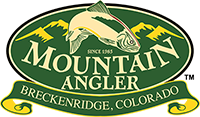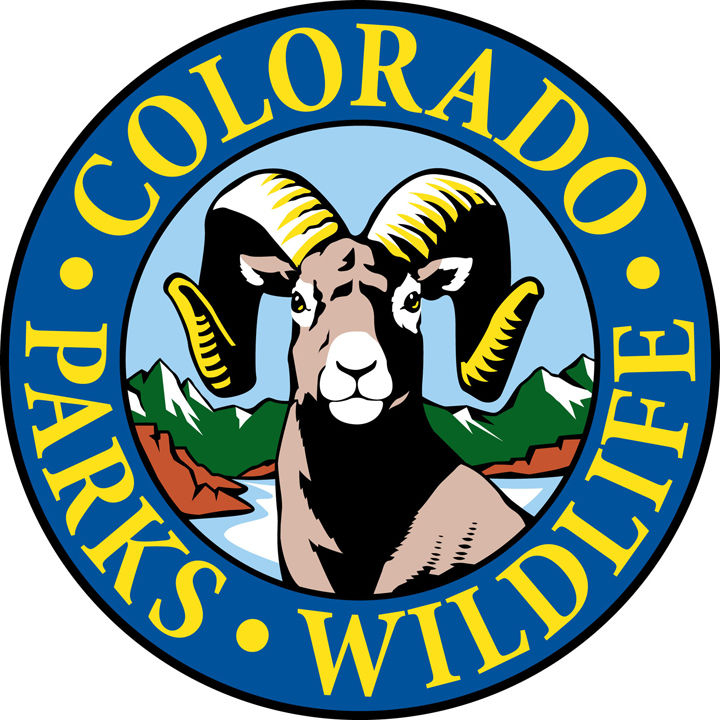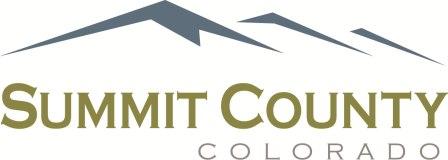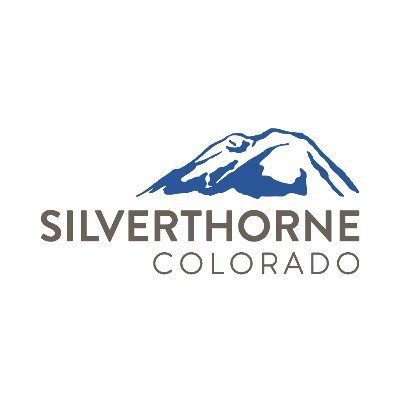Managing Wild Horses and Burros on Public Lands

Wild horses–majestic, free, galloping in the wind–are romanticized creatures of the American West. They are known for strength and beauty. But most people would be shocked to see the current state of wild horse herds in the U.S. Instead of running through a field of lush grass with a rushing river nearby, many wild horses spend their days foraging through dry, barren fields. They are faced with finding water in regions plagued by drought due to climate change. It is not uncommon to see malnourished wild horses with ribs and bones sticking out.
According to the Bureau of Land Management (BLM), wild horse populations are overrunning U.S. public lands, wiping out grazing resources for other species in a delicate ecosystem. Currently, there are more than 80,000 living on public rangelands. There are also cattle, sheep, deer, pronghorn, reptiles, birds, and sage grouse who rely on the rangeland ecosystem to survive. As wild horse populations grow, these species are also threatened. Left unchecked, the rangeland ecosystem could be damaged beyond repair.
Public lands have a multi-use status, meaning the BLM must manage the land accounting for wild horses, burros, wildlife, and domestic species. The BLM tries to juggle this balancing act of preserving the land and ensuring there is enough water and vegetation. The BLM has struggled to find population management solutions that are effective while also being accepted by the public.
Wild horses and burros are federally protected under the 1971 Wild Free-Roaming Horses and Burros Act. It legally defines these animals as “living symbols of the historic and pioneer spirit of the West.” With this unique legal status as symbols of American history, wild horse advocates don’t view them as feral animals. They view them as wild, historic animals at risk of disappearing from public lands.
The BLM determines Appropriate Management Levels (AMLs), which are goals for how many animals should exist on public rangelands. The current wild horse and burro AML is 27,000 animals, well below the actual population. Standing by their determined AMLs, the BLM repeatedly maintains there are too many horses on public lands. Many end up in holding facilities. It is essential to explore all possible management solutions.
Horses removed from the range are available for public adoption. But adoption rates have never come close to reducing enough horses from holding facilities. This leaves most horses in pens for the rest of their lives. The future of the wild horse conflict is still unclear. Researchers are hopeful the cycle of gridlock and inaction will be broken when sound, scientific management plans are established. What can you do to help? Consider adopting a wild horse or burro. Training is hard work, but there are many programs available that provide training to the animals prior to adoption. For more information on the BLM program and how to adopt, visit www.blm.gov/whb.
Morgan Offutt
FOLBR Board Member















